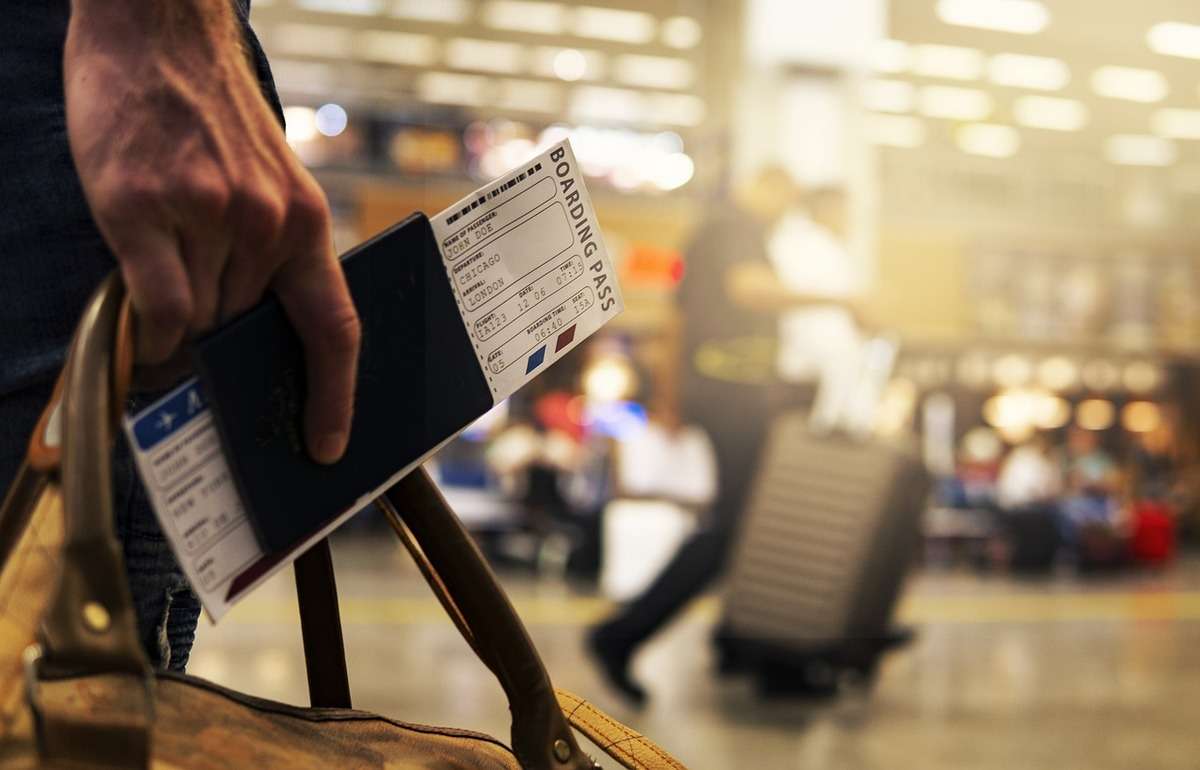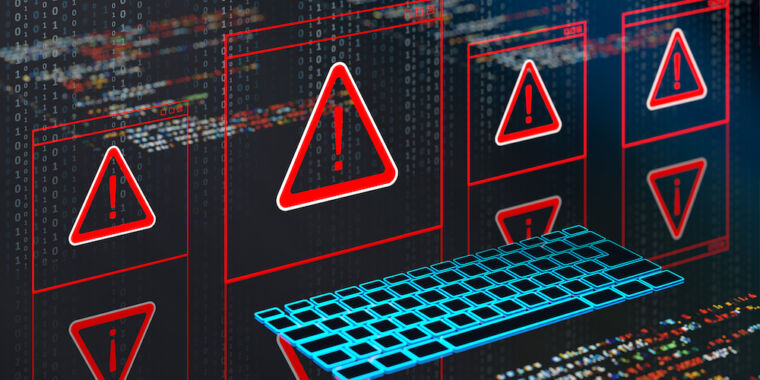X-ray inspection of ordering pcbs
In the realm of Printed Circuit Boards (PCBs), ensuring quality and reliability is paramount to the performance and longevity of electronic devices. X-ray inspection has emerged as a powerful tool for non-destructive testing of PCBs, enabling comprehensive analysis of internal structures, solder joints, and component connections. Let’s explore the techniques employed for X-ray inspection of ordering PCBs and their role in enhancing quality assurance in manufacturing processes.
Real-Time X-Ray Inspection: Real-time X-ray inspection, also known as fluoroscopy, allows for continuous imaging of PCBs during the inspection process. This technique provides live, dynamic images of internal structures and solder joints, enabling inspectors to detect defects such as voids, cracks, and misalignments in real-time. Real-time X-ray inspection is particularly valuable for identifying process anomalies and ensuring consistency in manufacturing processes.
2D X-Ray Imaging: 2D X-ray imaging involves capturing static images of ordering pcb from multiple angles to visualize internal structures and components. This technique provides high-resolution images that enable inspectors to identify defects such as solder bridges, open circuits, and component misalignments. By examining 2D X-ray images, inspectors can assess the quality and integrity of solder joints, trace routing, and component placement with precision and accuracy.

What techniques are used for X-ray inspection of ordering pcbs?
Computed Tomography (CT) Scanning: Computed Tomography (CT) scanning is a sophisticated X-ray imaging technique that generates detailed 3D reconstructions of PCBs and their internal features. CT scanning involves capturing a series of X-ray images from different angles and reconstructing them into a 3D model using advanced computer algorithms. This technique allows inspectors to visualize internal structures, voids, and defects with unparalleled clarity and precision, facilitating comprehensive defect analysis and root cause identification.
Automated X-Ray Inspection (AXI): Automated X-Ray Inspection (AXI) is a robotic inspection technique that automates the X-ray inspection process, allowing for high-speed, high-precision inspection of PCBs. AXI systems utilize robotic manipulators and advanced image processing algorithms to scan and analyze PCBs for defects such as solder voids, tombstoning, and component misalignment. By automating the inspection process, AXI systems improve throughput, repeatability, and efficiency while reducing human error and variability.
3D X-Ray Inspection: 3D X-ray inspection combines the benefits of 2D and CT scanning techniques to provide comprehensive inspection of PCBs and their internal features. This technique involves capturing X-ray images from multiple perspectives and reconstructing them into a 3D model using advanced algorithms. 3D X-ray inspection enables inspectors to visualize the spatial relationships between components, solder joints, and traces, allowing for precise defect detection and analysis.
X-Ray Microscopy: X-Ray Microscopy (XRM) is an advanced imaging technique that provides high-resolution, magnified images of PCBs and their internal features at the micron level. XRM systems utilize focused X-ray beams and detectors to capture detailed images of microstructures, solder joints, and component connections. This technique is particularly useful for inspecting miniature components, fine-pitch solder joints, and high-density interconnects with exceptional clarity and resolution.
Dual Energy X-Ray Inspection: Dual Energy X-Ray Inspection (DEXI) is a technique that enhances defect detection capabilities by utilizing X-rays of different energy levels. DEXI systems employ multiple X-ray sources and detectors to capture images of PCBs at different energy levels, allowing for enhanced contrast and sensitivity to defects such as voids, inclusions, and foreign objects. By combining X-rays of different energies, DEXI systems improve defect detection rates and reduce false positives, enhancing overall inspection accuracy and reliability.
In conclusion, X-ray inspection techniques play a critical role in ensuring the quality, reliability, and integrity of ordering PCBs in manufacturing processes. From real-time fluoroscopy to advanced CT scanning and X-ray microscopy, these techniques enable inspectors to visualize internal structures, detect defects, and assess the quality of solder joints and components with unparalleled precision and accuracy. By leveraging X-ray inspection technologies, manufacturers can enhance quality assurance, reduce production costs, and deliver electronic devices of the highest quality to customers.













+ There are no comments
Add yours